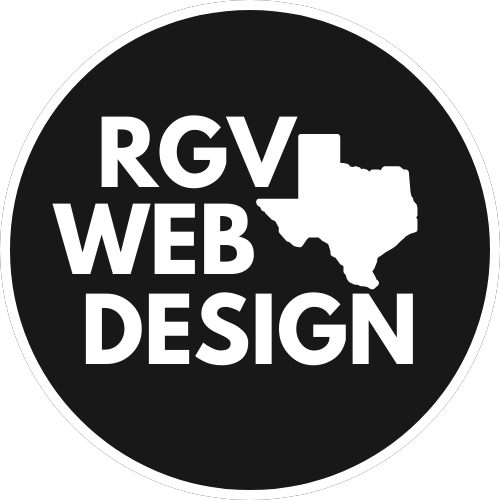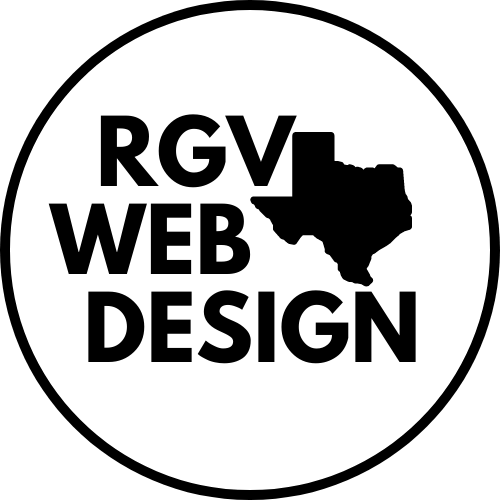Unveiling Excellence: Top 10 Design Principles for Website Design Masters

Web design is an ever-evolving art form that requires a delicate balance between creativity and functionality. To craft exceptional websites, understanding the fundamental design principles is crucial. In this article, we unveil the top 10 design principles that the best web designers in Texas, including those at RGV Web Design, employ to create visually appealing and highly functional websites.
1. User-Centric Design:
Putting the user at the forefront of the design process is paramount. User-centric design focuses on creating an intuitive and enjoyable user experience, enhancing engagement and satisfaction.
2. Responsive Design:
With a surge in mobile device usage, designing for multiple screen sizes is vital. Responsive design ensures your website looks and functions seamlessly across various devices, from desktops to smartphones.
3. Intuitive Navigation:
A well-structured and intuitive navigation system helps users easily find the information they seek. Clear menus, intuitive icons, and a logical layout contribute to an efficient browsing experience.
4. Visual Hierarchy:
Implementing a visual hierarchy guides users through the content in a meaningful way. It involves using design elements like contrast, color, and typography to emphasize certain aspects and prioritize content.
5. Consistency in Design:
Consistency in design elements, such as fonts, colors, and layouts, provides a cohesive look and feel to your website. It creates a sense of professionalism and brand identity.
6. Whitespace Utilization:
Whitespace, or negative space, is a powerful design tool. It enhances readability, emphasizes key elements, and creates a clean and organized layout. The best web designers skillfully use whitespace to optimize design aesthetics.
7. Loading Speed Optimization:
Ensuring your website loads quickly is critical. Users expect fast-loading pages, and search engines favor speed. Optimizing images, reducing server requests, and clean coding are tactics to achieve an optimal loading speed.
8. Accessibility and Inclusivity:
Designing for accessibility ensures that all users, including those with disabilities, can easily access and navigate your website. Adhering to accessibility standards widens your audience and enhances usability.
9. Call to Action (CTA) Placement:
Strategically placing compelling CTAs encourages user interaction and conversions. Well-designed CTAs with contrasting colors and persuasive copy guide users towards desired actions.
10. Testing and Iteration:
The best web designers understand the value of testing their designs. A/B testing, user testing, and iterative improvements based on feedback ensure the design meets its objectives and resonates with the target audience.
Conclusion:
Embracing these design principles is fundamental for web designers striving to create exceptional online experiences. The best web designers in Texas, including those at RGV Web Design, integrate these principles seamlessly into their design process, resulting in visually stunning, user-friendly websites that stand out in the competitive digital landscape. To embark on a design journey that epitomizes excellence, collaborate with top web designers and witness your web presence soar to new heights.
References
- Nielsen Norman Group – Usability and User Experience: A valuable resource for usability and user experience design principles, providing in-depth articles and research.
- Smashing Magazine – Web Design and Development: Smashing Magazine offers articles and resources on various web design and development topics, providing insights and trends.
- Google Developers – Web Fundamentals: Google Developers Web Fundamentals is an excellent source for learning about responsive design, progressive web apps, and other web development best practices.
- W3C – Web Content Accessibility Guidelines (WCAG): The Web Content Accessibility Guidelines (WCAG) by W3C offer comprehensive information on designing for web accessibility.
- HubSpot – Call to Action Best Practices: HubSpot provides insights and examples on creating effective calls to action (CTAs) to optimize user engagement.





